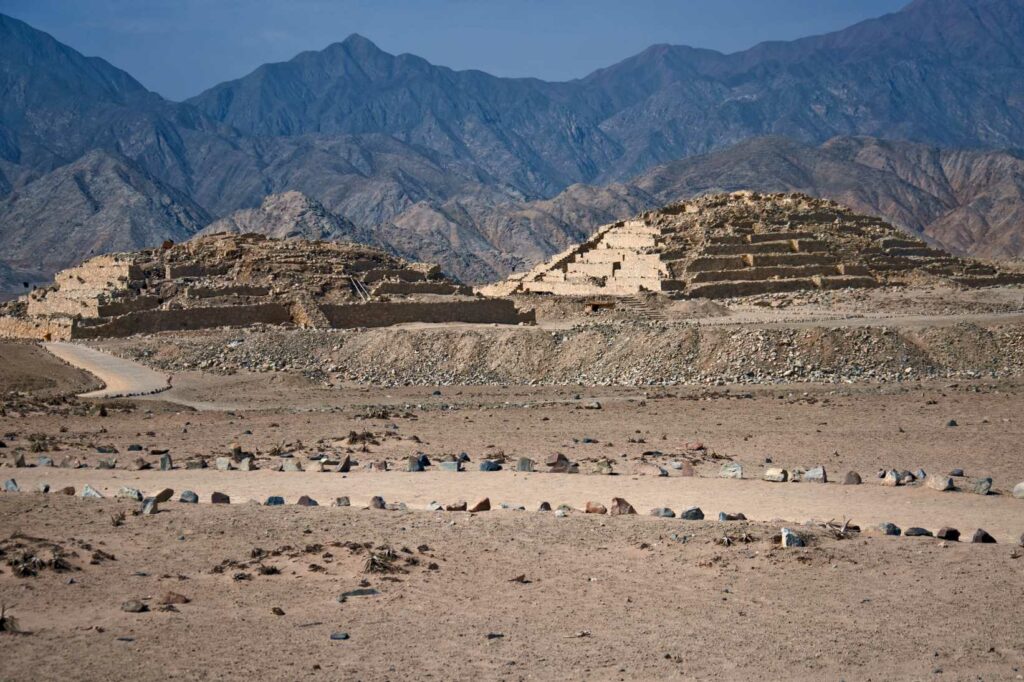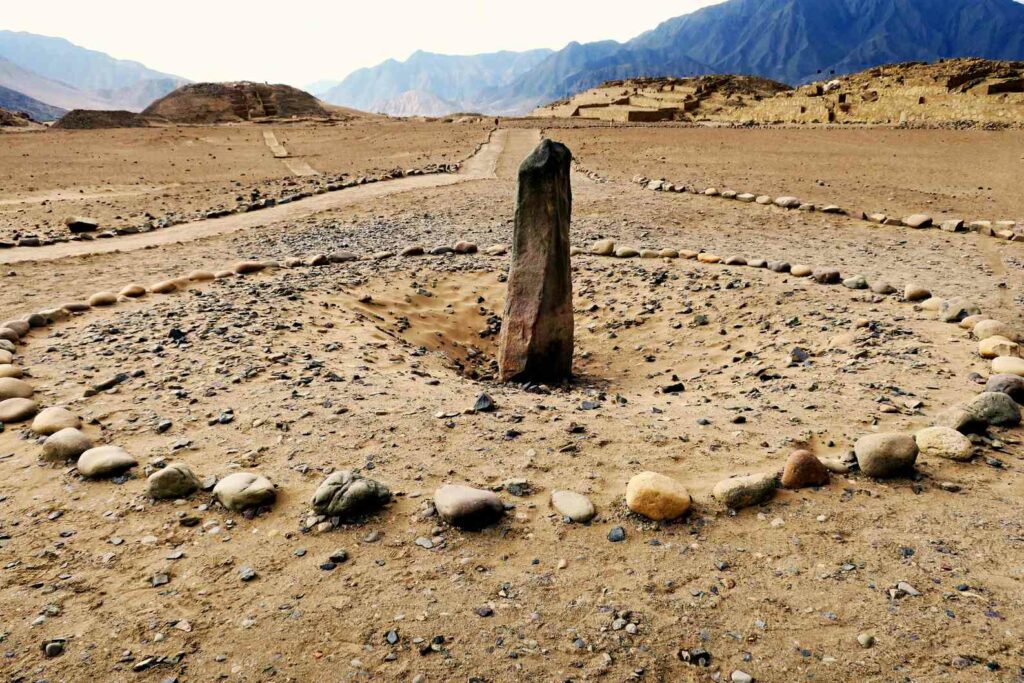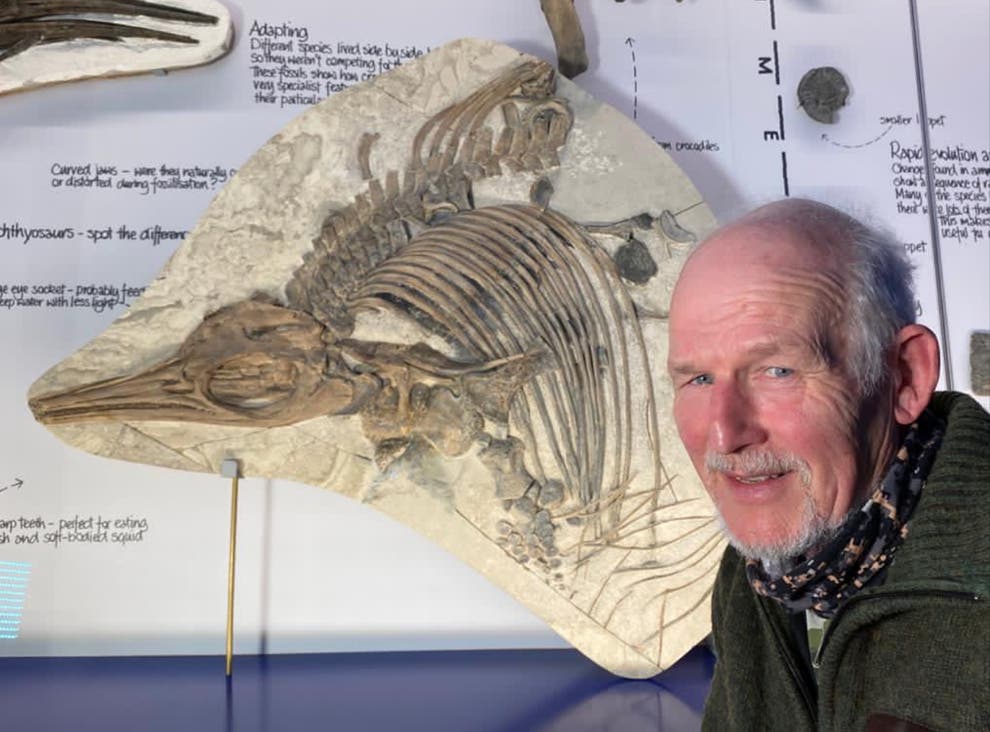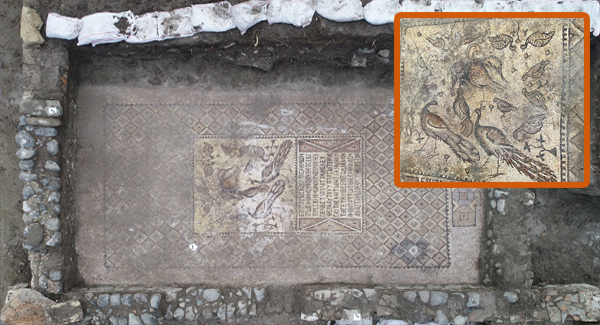A set of American pyramids may be older than the Egyptian pyramids and are located in the Peruvian Andes Mountains on a high, barren terrace overlooking a verdant river valley. They are the ruins of the ancient city of Caral, known as the “oldest society in the Americas.”
The Sacred City of Caral is one of the world’s oldest settlements, with origins in Mesopotamia, ancient Egypt, China, and Mesoamerica, among other civilizations. It is distinguished by majestic pyramids, a vast circular plaza, and, of course, a vast arena where gladiatorial battles or theatrical performances would be performed in front of a large audience.

Archaeologists only discovered this in the 1970s. Despite this, it would be another two decades until Peruvian archaeologist Ruth Shady began systematic excavations in the area.
In 1993, Shady began a two-year survey of the Supe Valley, working on weekends with the help of her pupils. The study yielded the surprising finding of 18 unique communities, which she described in her book.
Nobody knew how old they were, but the cities’ commonalities and more primitive technology suggested that they belonged to a single, ancient civilization that predated all other cultures in the area.

Even though the Peruvian city of Caral has been believed to have existed for almost 5,000 years, its inhabitants appear to have been highly sophisticated, as evidenced by the fact that they used underground ducts to keep their fires glowing.
It’s also strange to consider how densely populated Caral was, yet no battlements, weapons, or mutilated bodies have ever been discovered there. Instead, the teams uncovered 32 flutes constructed of condor and pelican bones and 37 cornets made of llama and deer bones, with which they played music.

At this time, it is only assumed that they learned how to do so from an intelligent alien civilization; no substantial evidence has been shown to support this idea.
To Tommie S. Montgomery’s credit, the irrigation canals that sprung up throughout town were so excellent that they would be regarded masters of their trade even by today’s standards.
Caral was eventually abandoned circa 1,800 BC when the residents were forced to flee due to a severe drought, forcing them to find a new home or be buried alive in the sand.























